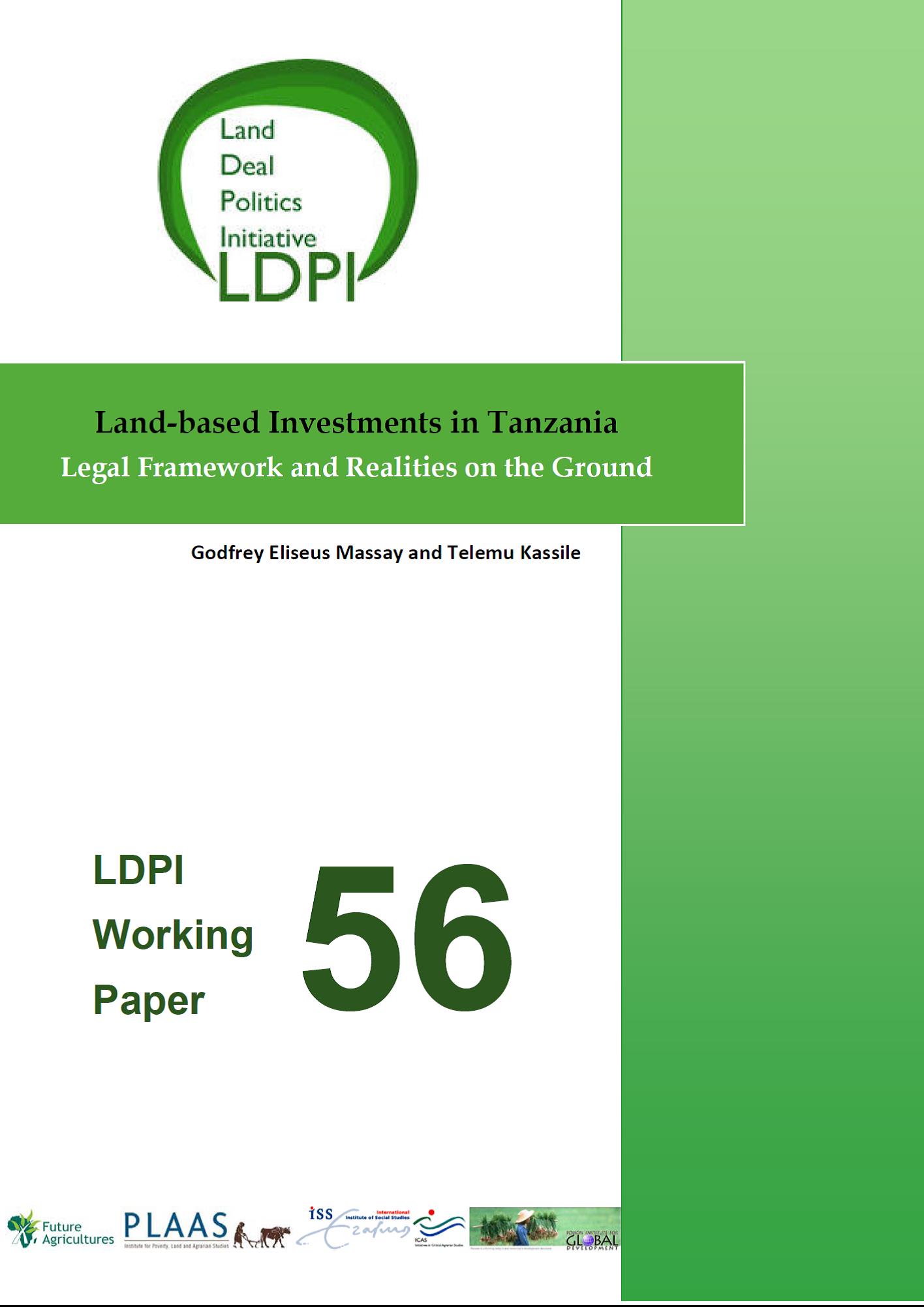Iraq Country Water Resource Assistance Strategy : Addressing Major Threats to People's Livelihoods
This report for Iraq - country water
resources assistance strategy (CWRAS) addresses these
objectives in two parts. The first part, which is largely
descriptive, reviews existing conditions and summarizes
Iraq's considerable accomplishments over the past
decades in developing and managing water resources. The
second part investigates challenges and priorities-how to
balance the needs of short-term reconstruction and the





